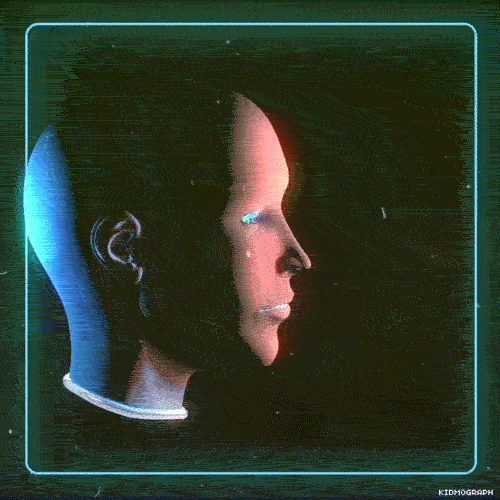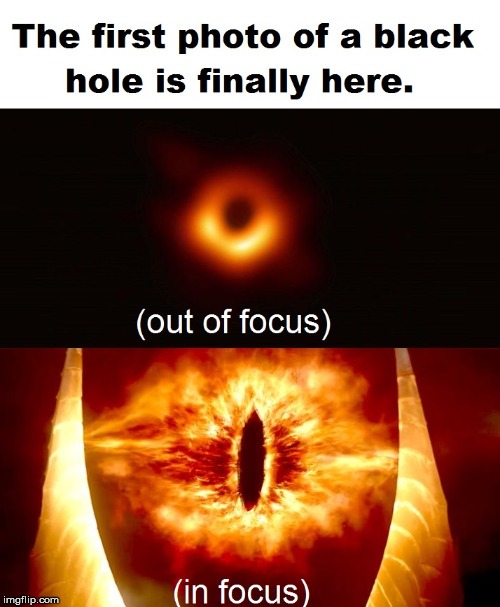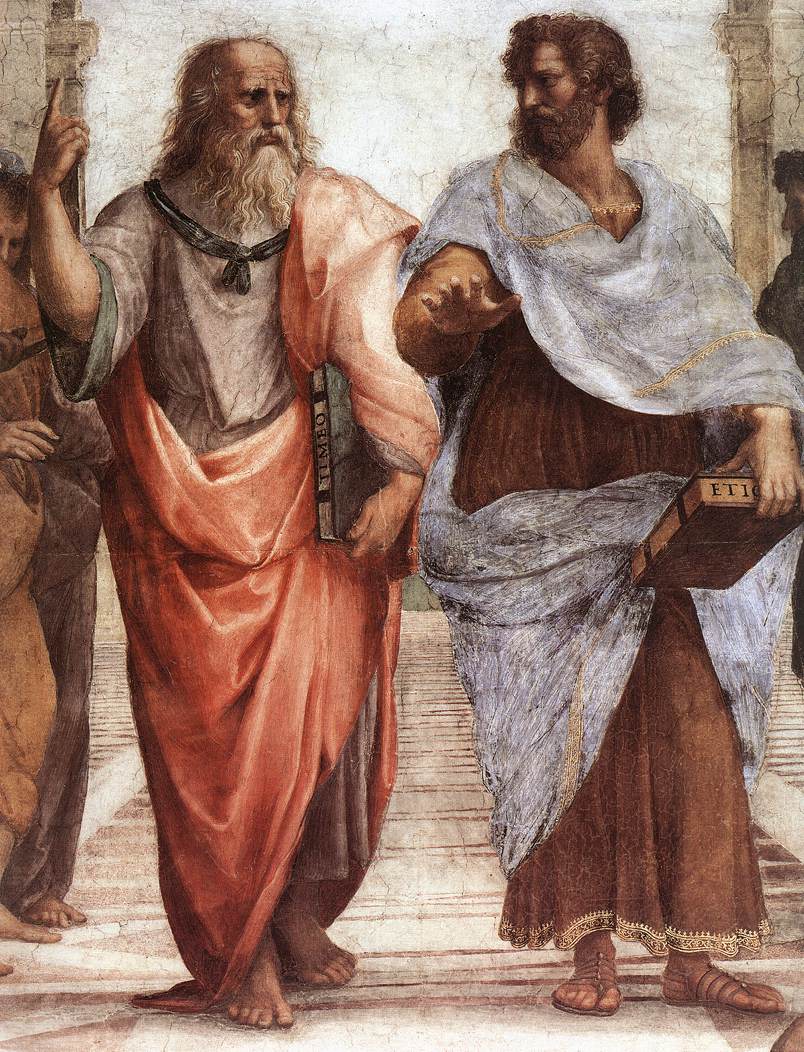The doctrine of Mesmer was simply a restatement of the doctrines of Paracelsus, Van Helmont, Santanelli, and Maxwell, the Scotchman; and he was even guilty of copying texts from the work of Bertrand, and enunciating them as his own principles. In Professor Stewart’s work, the author regards our universe as composed of atoms with some sort of medium between them as the machine, and the laws of energy as the laws working this machine. Professor Youmans calls this “a modern doctrine,” but we find among the twenty-seven propositions laid down by Mesmer, in 1775, just one century earlier, in his Letter to a Foreign Physician, the following:
1st. There exists a mutual influence between the heavenly bodies, the earth, and living bodies.
2d. A fluid, universally diffused and continued, so as to admit no vacuum, whose subtility is beyond all comparison, and which, from its nature, is capable of receiving, propagating, and communicating all the impressions of motion, is the medium of this influence.
It would appear from this, that the theory is not so modern after all. Professor Balfour Stewart says, “We may regard the universe in the light of a vast physical machine.” And Mesmer:
3d. This reciprocal action is subject to mechanical laws, unknown up to the present time.
Professor Mayer, reaffirming Gilbert’s doctrine that the earth is a great magnet, remarks that the mysterious variations in the intensity of its force seem to be in subjection to emanations from the sun, “changing with the apparent daily and yearly revolutions of that orb, and pulsating
Page 173
in sympathy with the huge waves of fire which sweep over its surface.” He speaks of “the constant fluctuation, the ebb and flow of the earth’s directive influence.” And Mesmer:
4th. “From this action result alternate effects which may be considered a flux and reflux.”
6th. It is by this operation (the most universal of those presented to us by nature) that the relations of activity occur between the heavenly bodies, the earth, and its constituent parts.
There are two more which will be interesting reading to our modern scientists:
7th. The properties of matter, and of organized body, depend on this operation.
8th. The animal body experiences the alternate effects of this agent; and it is by insinuating itself into the substance of the nerves, that it immediately affects them.
Among other important works which appeared between 1798 and 1824, when the French Academy appointed its second commission to investigate mesmerism, the Annales du Magnetisme Animal, by the Baron d’Henin de Cuvillier, Lieutenant-General, Chevalier of St. Louis, member of the Academy of Sciences, and correspondent of many of the learned societies of Europe, may be consulted with great advantage. In 1820 the Prussian government instructed the Academy of Berlin to offer a prize of three hundred ducats in gold for the best thesis on mesmerism. The Royal Scientific Society of Paris, under the presidency of His Royal Highness the Duc d’Angouleme, offered a gold medal for the same purpose. The Marquis de la Place, peer of France, one of the Forty of the Academy of Sciences, and honorary member of the learned societies of all the principal European governments, issued a work entitled Essai Philosophique sur les Probabilites, in which this eminent scientist says: “Of all the instruments that we can employ to know the imperceptible agents of nature, the most sensitive are the nerves, especially when exceptional influences increase their sensibility. . . . The singular phenomena which result from this extreme nervous sensitiveness of certain individuals, have given birth to diverse opinions as to the existence of a new agent, which has been named animal magnetism. . . . We are so far from knowing all the agents of nature and their various modes of action that it would be hardly philosophical to deny the phenomena, simply because they are inexplicable, in the actual state of our information. It is simply our duty to examine them with an attention as much more scrupulous as it seems difficult to admit them.”
The experiments of Mesmer were vastly improved upon by the Marquis de Puysegur, who entirely dispensed with apparatus and produced
Page 174

Moe is the founder of GnosticWarrior.com. He is a father, husband, author, martial arts black belt, and an expert in Gnosticism, the occult, and esotericism.





